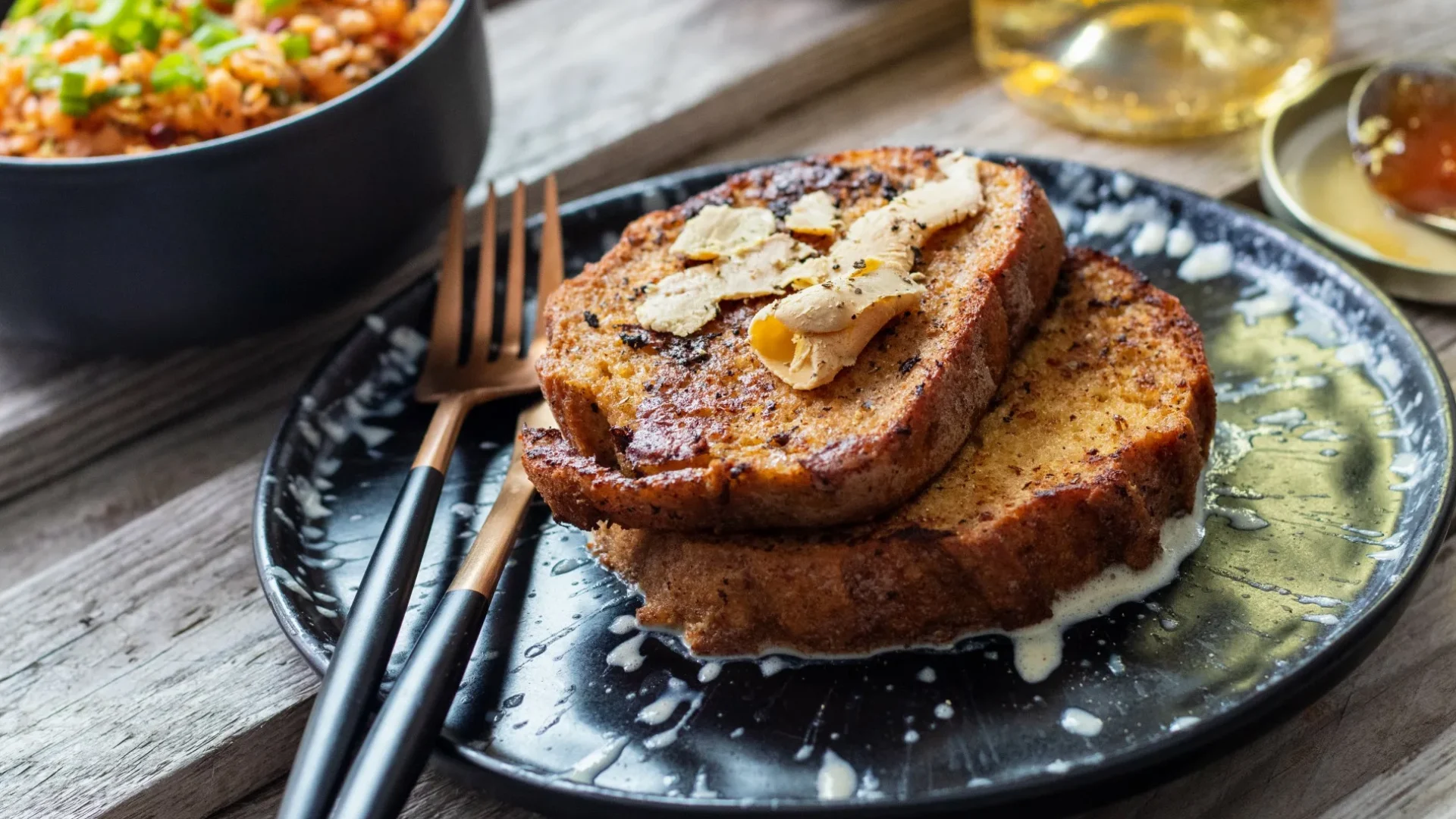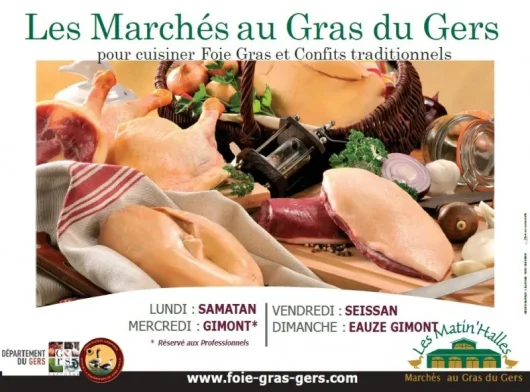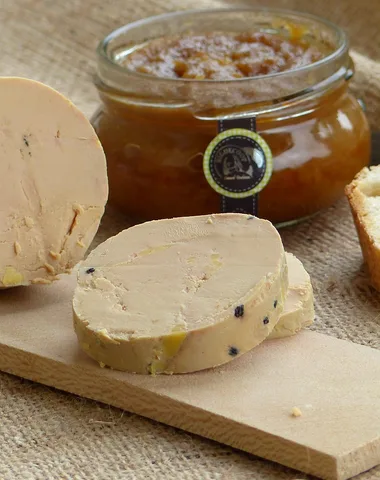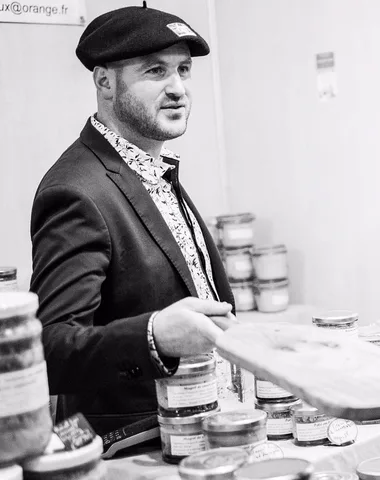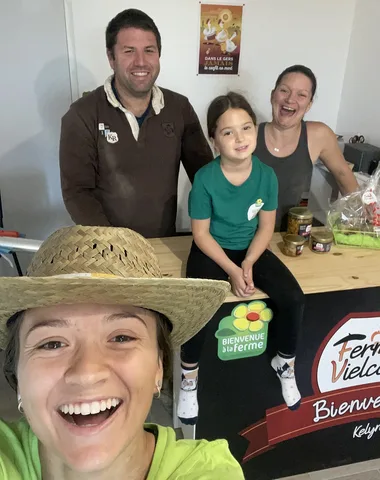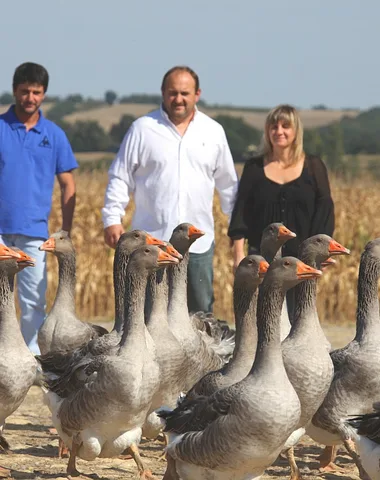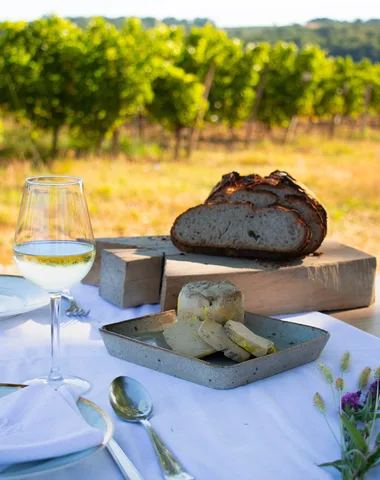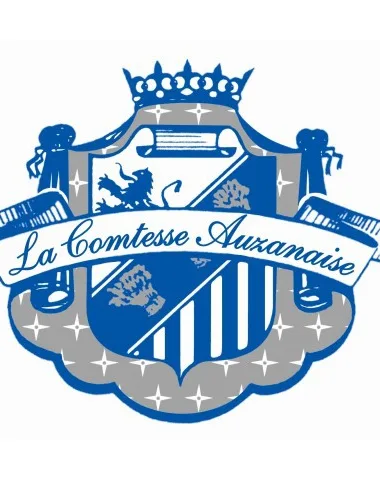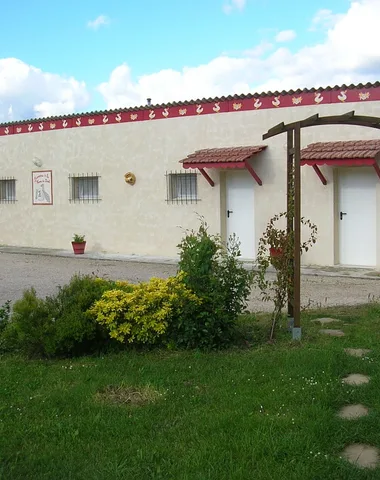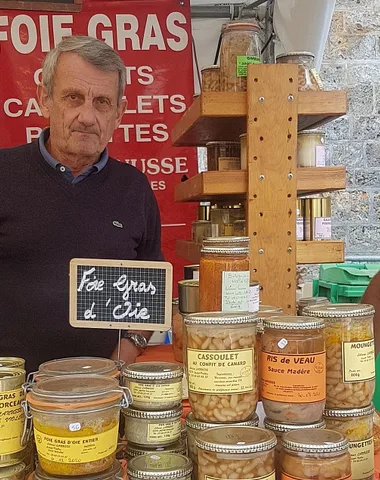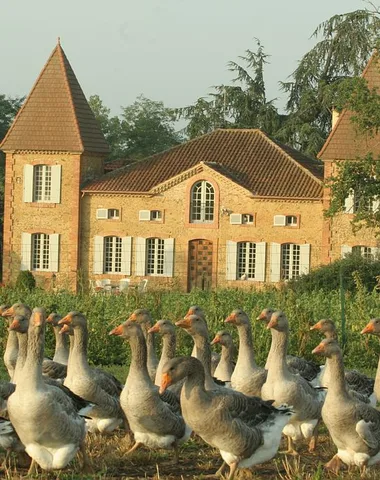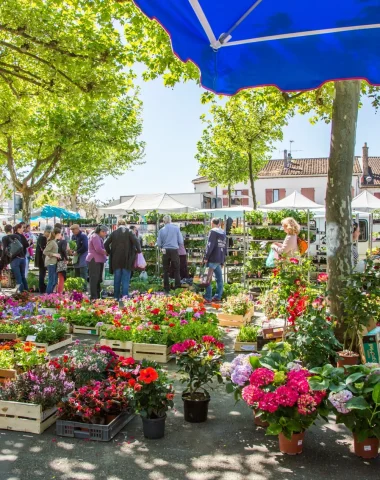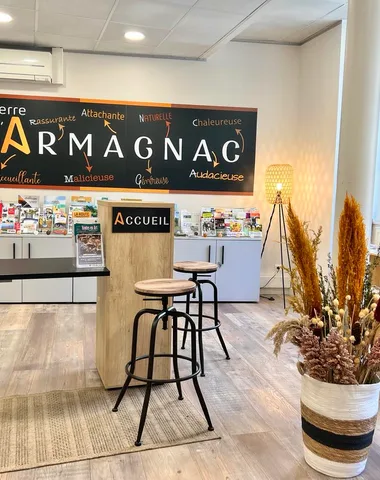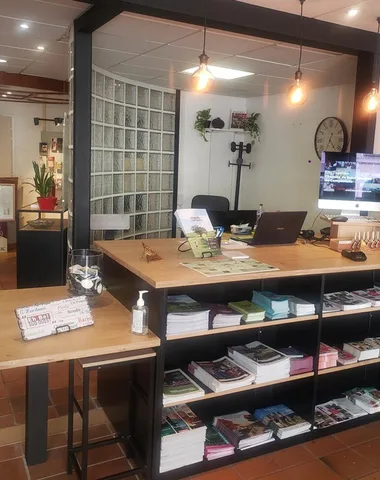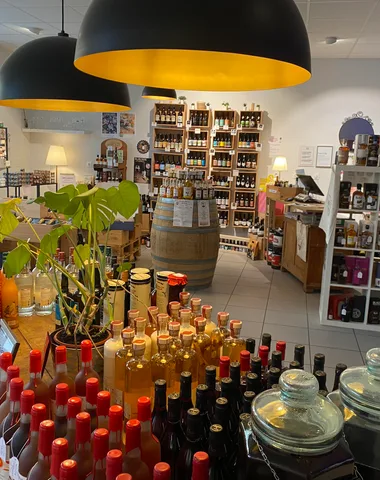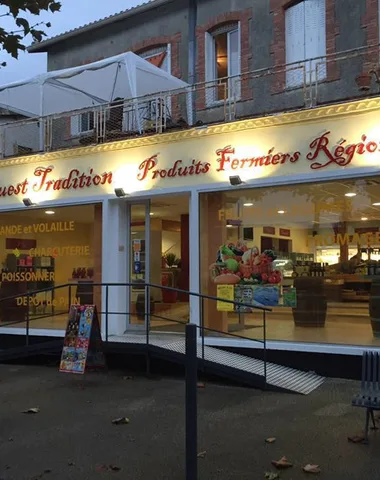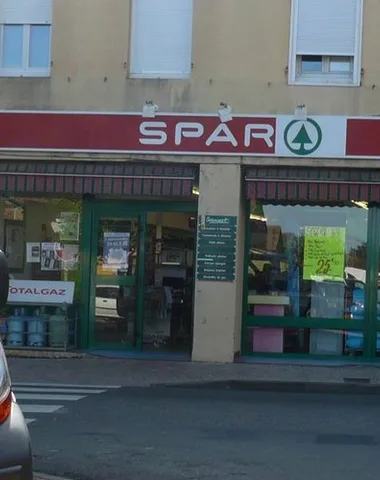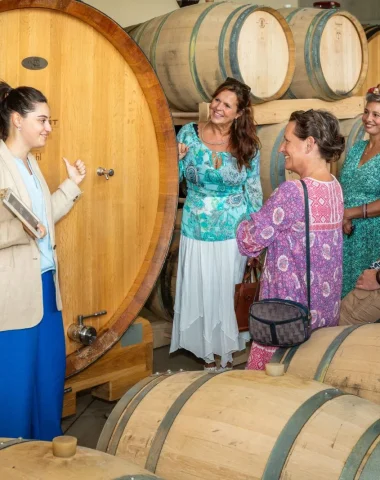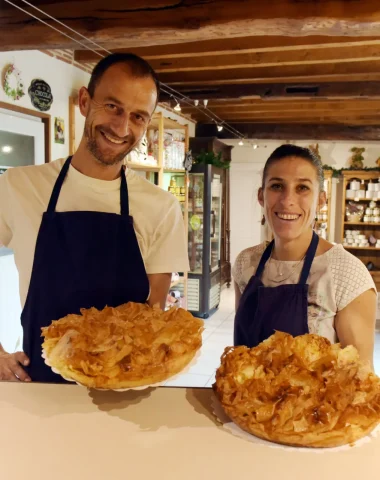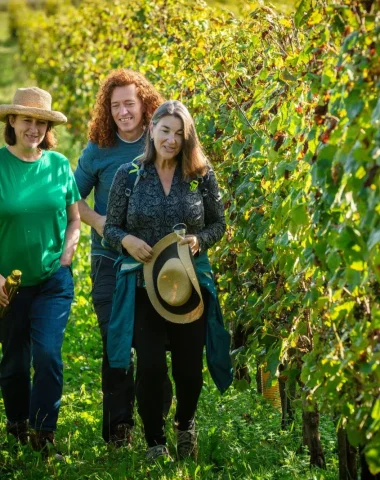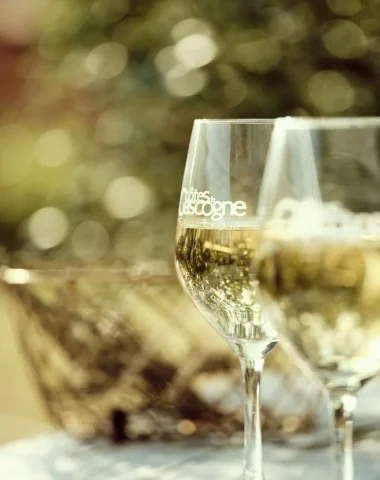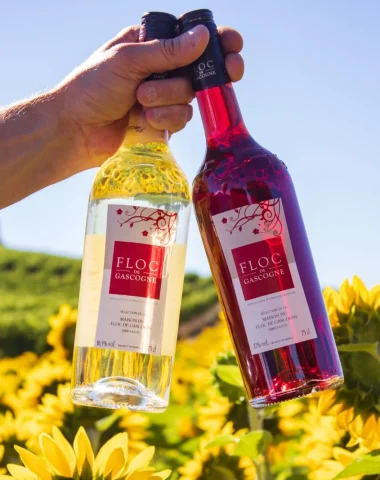If I tell you “GERS”, what do you think of?… Foie gras of course! A Gers specialty, made with love and passion, of which our Gascon producers are proud. The gastronomic reputation of the Gers and Gascony is well established. Here the geese and ducks are fed on corn and produce a particularly fine foie gras. Selecting, raising and feeding geese and ducks is part of a know-how that has been passed down among our Gers producers from generation to generation.
We all fall for...
foie gras
We are the granary and the barnyard of the South-West! 1st French department producing traditional IGP foie gras
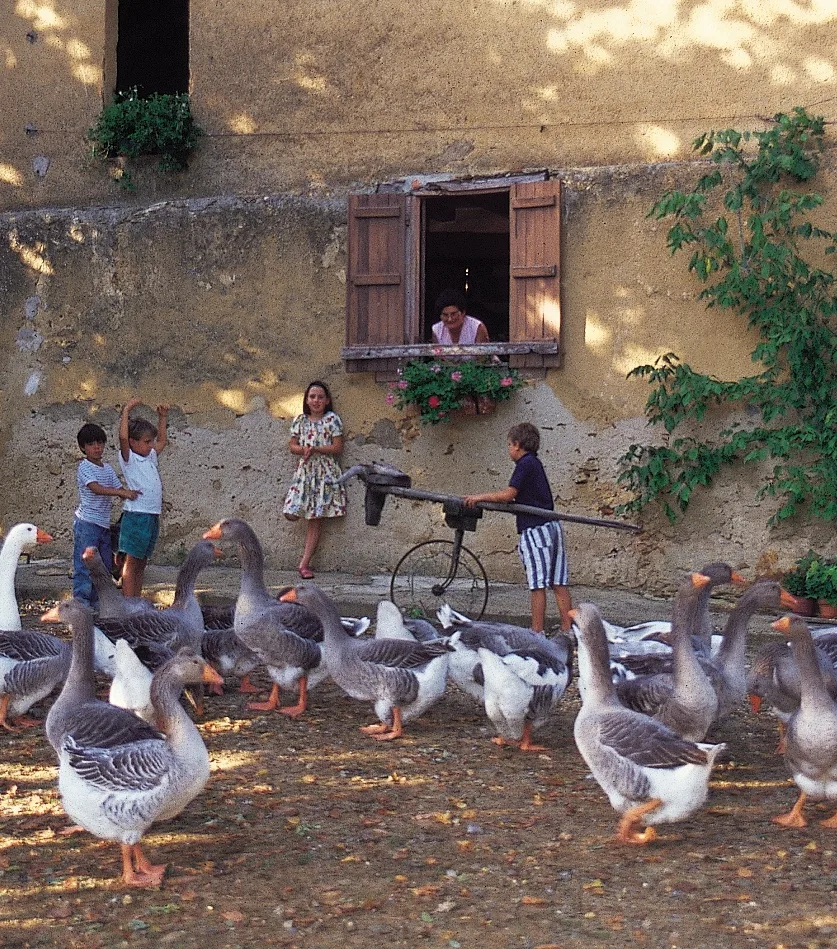
Both a land of cultivation and breeding, it is there that the beautiful poultry flourish and make good recipes.. Chickens, ducks, guinea fowl, geese receive the attentive care of breeders and farmers who are passionate about their profession. This excellent raw material is of course the basis of numerous recipes inherited from our elders and for the most part timeless. The star of our tables remains foie gras.
True reference in the field of gastronomy, known for its local products based on duck or goose, each year around 60.000 vacationers come to discover the flavors of the southwest.
But let's get back to our ducks and let us tell you about the excellent foie gras from the Gers.
Emblems of local gastronomy, geese and ducks are part of the landscape here. You can find these beautiful products and other specialties on our tables, directly from the producer during the famous Eauze Gras Market or during our markets weekly which make our reputation well beyond the borders of the South-West and Occitania!
You are quite…
Raw, semi-cooked or canned foie gras? Maybe all 3! 😉
Let's sit down !
While hot foie gras is worthy of large meals, cold foie gras is suitable for all situations. And if it remains a royal dish, the variety of its preparations makes it the champion of all meals. The different commercial foie gras preparations are essentially linked to the cooking method, they are divided into 3 main categories:
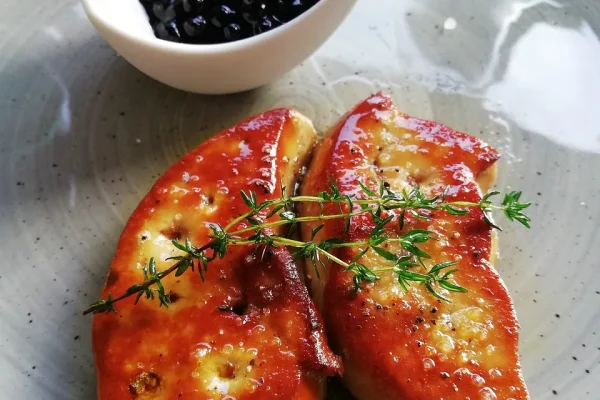
1
Raw foie gras
When purchased, raw foie gras can be used to prepare a preserve but generally, it will be used for a hot preparation such as foie gras with grapes. Today's great chefs work mainly with raw foie gras, unlike their predecessors at the beginning of the century. Raw foie gras is generally cut into cutlets, simply pan-fried over high heat in a little fat and always seasoned with a tangy or sweet sauce.
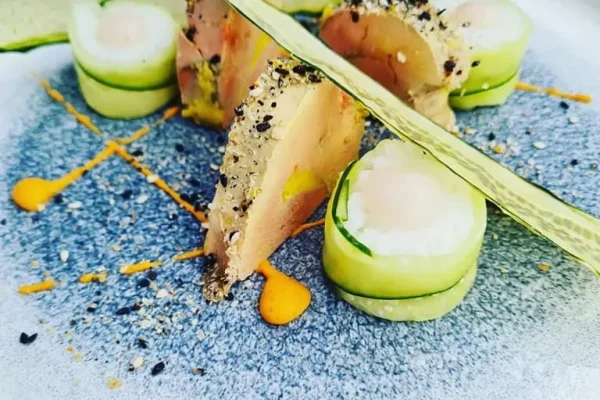
2
Semi-cooked foie gras
Semi-cooked foie gras generally comes in the form of terrines, jars or metal boxes. It is a semi-preserved product that has been pasteurized, that is to say cooked through at a temperature of 70 to 85°C depending on the manufacturers. This preparation is very successful, because it preserves the freshness and aromas of the liver. Semi-cooked foie gras can be kept refrigerated, it will keep for between 3 weeks and 6 months depending on the duration and cooking time.
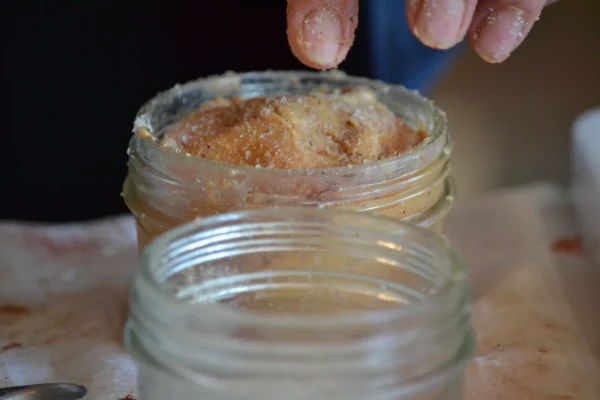
3
Canned foie gras
Canned foie gras is sterilized, treated in an autoclave between 105°C and 115°C, its shelf life is a few years. It is the most traditional preparation, it is served at the start of a meal, as a starter or as an aperitif. However, there is a wide range of canned preparations made from foie gras: whole foie gras, block, parfait, mousse. The regulations are very precise on the different names where the term foie gras appears.
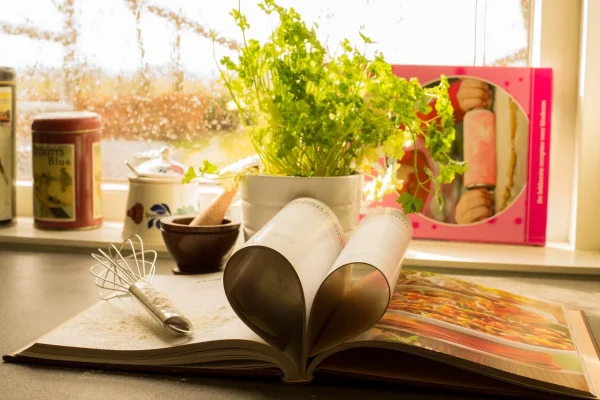
4
All our recipes
Ducks and geese delight the taste buds in many ways. Confits, duck breasts, aiguillettes, galantines, stews, pâtés, rillettes, gizzards, fritons, stuffed necks, are to be discovered endlessly from our producers who each have their secrets, their preparations, their recipes.
Go meet them to share their know-how and lots of conviviality & for recipes, click here 👇
Place to practice 👨🍳
Enough about the foie gras, he’s going to have the melon (from Lectoure of course)! What if you got behind the stove instead?!
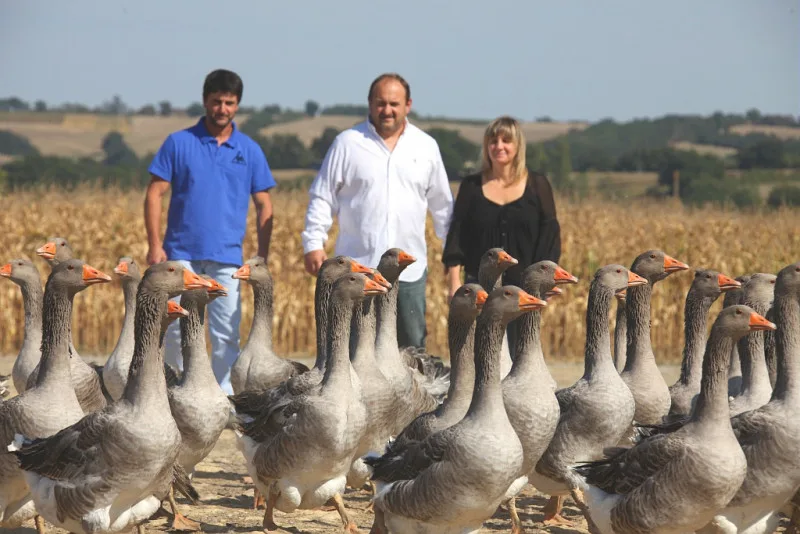
Workshops and discovery courses are offered by the master in the field, Mr Pierre-Marie Soubiran of Ramajo House in Dému.
And for July and August residents, free guided tours and tastings are planned. every Wednesday at 17 p.m. !
Welcome to the Gers & enjoy your meal!
Where to buy Gers foie gras?
FAQ
What is the difference between cooked and semi-cooked foie gras?
While a classic foie gras will be cooked at a temperature between 90 and 110 degrees in a bain-marie, semi-cooked foie gras is cooked at a temperature between 70 and 85 degrees. It is found in different packaging depending on the brands and manufacturers.
How much does a kilo of foie gras cost?
Expect around €45 per kilo. The price also varies depending on whether it is duck or goose foie gras and of course, its origin (Gers, Dordogne, etc.)
How do you know if it's good foie gras?
Un foie gras perfect should be smooth, supple and firm to the touch. Its color must be uniform. The color varies depending on the type of corn used for fattening. THE liver goose is generally a little pinker than the foie gras duck.
